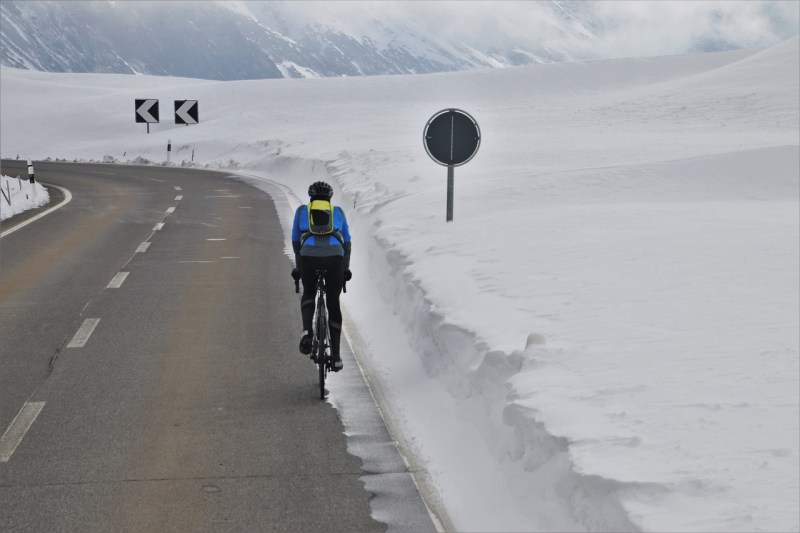
While there are plenty of fair-weathered cyclists out there on the roads, those who love the sport and form of exercise too much to give it up during the harsh winter months know special gear is needed. Whether you are commuting to work or riding your favorite route to keep in shape so you are ready to ride when the weather turns in the spring, there are a handful of essential cold-weather cycling pieces no one should be without. From your fingers to your toes, these exceptional items will make crushing the pedals all the more comfortable this winter.
Related Guides
Assos Trail Winter Cargo Pants
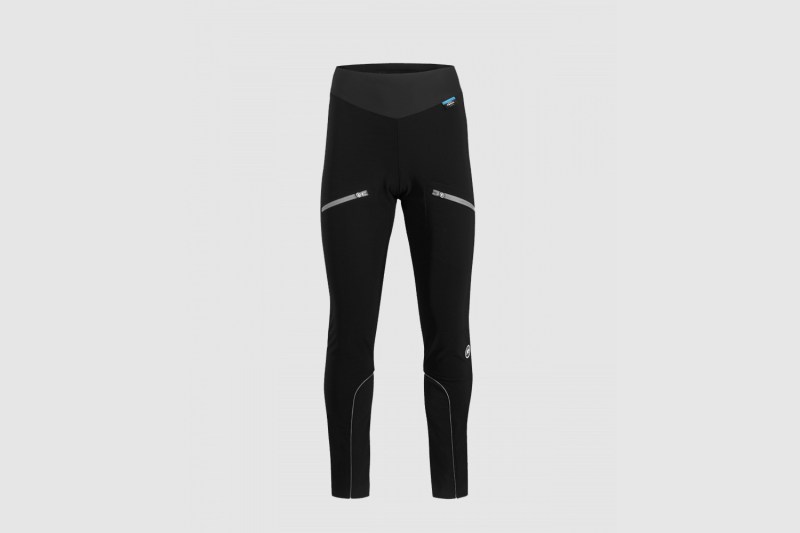
If there is one clothing item you are looking to invest in for the winter months, make it a great pair of cold-weather cycling pants. These by Assos are built to block slicing winds, rain, and the coldest of conditions. The cargo pants are designed to prevent cold rain, snow, or even mud and air from splashing up the pants legs for a rude awakening. Plus, the knit material feels like a soft fleece to the skin but provides great insulation so your muscles won’t seize up with cramps in the cold. You will find these pants are easy to move around in and sit comfortably against the skin with their smooth waistline.
Assos Mille GT Wind Vest

Another key area of the body to really pay close attention to when cycling in harsh, freezing conditions is the core. That’s where cyclists’ movements originate, so it’s important to make sure you can continue to function and perform at a high level even in harsh weather. This vest by Assos is perfect for insulating the core thanks to its wind-resistant material, which doesn’t add bulk either. It’s a great solution for staying warm while getting more ventilation on long climbs with fast descents.
Assos Mille GT Ultraz Winter Jacket EVO
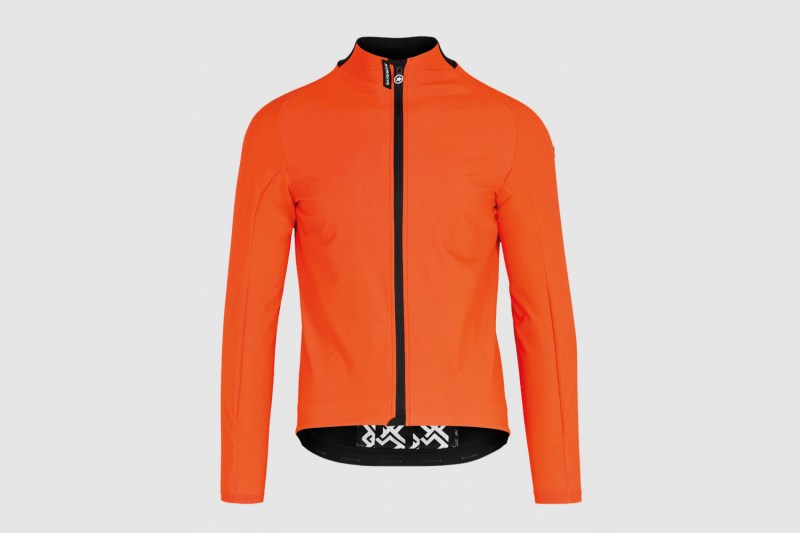
Another great option for keeping the core warm is the winter jacket from the same Assos line. This impressive jacket offers tons of protection from the elements including wind and rain without sacrificing breathability. The jacket comes in eye-catching colors for road safety and is even designed with reflective strips on the back. Made with multiple layers, this jacket is incredibly warm and can handle even the coldest of temperatures. It was made and tested in Switzerland, after all.
Pearl Izumi Merino Wool Tall Socks
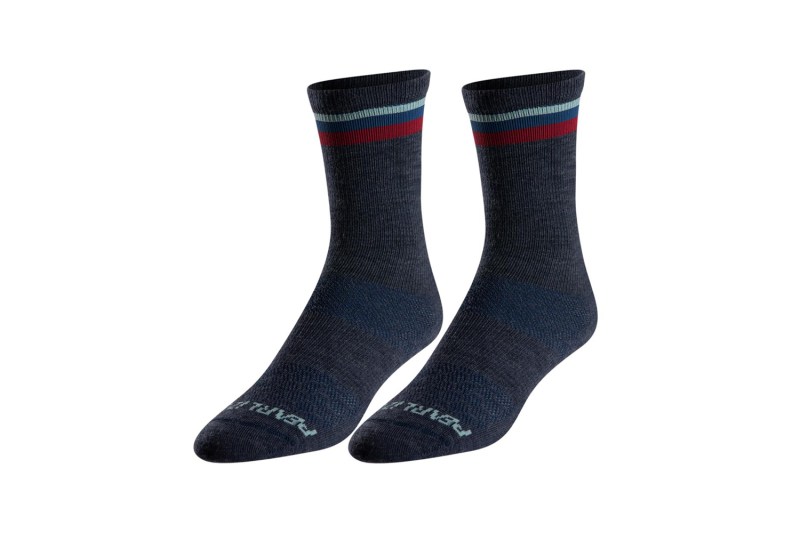
Once you have addressed key areas of the body, namely the legs and the core, you cannot ignore the extremities, such as the fingers and toes. While placing shoe protectors over your cycling shoes will help keep your feet dry and ward off the cold wind, a pair of great merino wool socks goes a long way toward keeping your feet and toes warm. Pearl Izumi’s merino wool tall socks will stay in place under your winter pants or leg warmers as you pedal away. Made with a flat seam across the toes to prevent bulk and boost comfort, these socks have mesh over the top of the foot for optimal ventilation. There’s also a compression band around the center of the foot for a better fit. It’s a great way to keep your toes toasty without opting for thicker, bulkier socks.
Bar Mitts Handle Bar Mittens
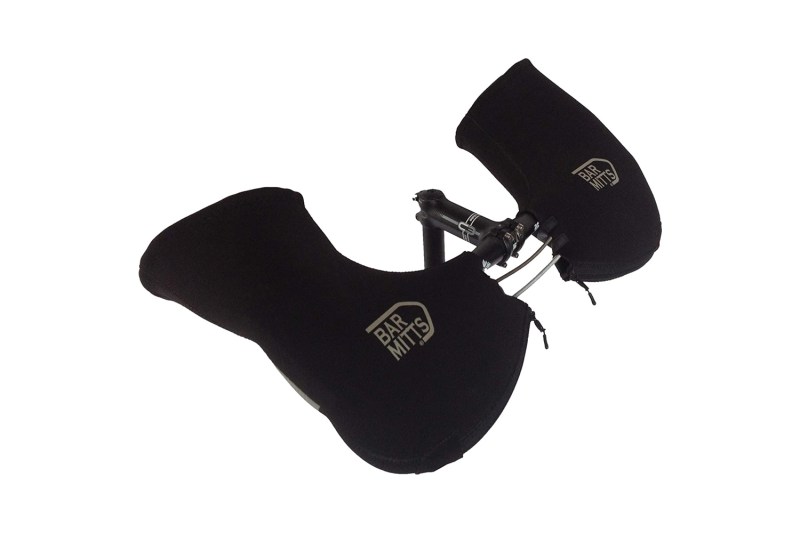
Finally, you need to protect your fingers in the cold. While gloves are not as effective at keeping fingers warm and comfortable since each finger is separated, mittens are far from the best or easiest item of clothing to wear while cycling. That’s why Bar Mitts’ handlebar mittens are the best solution for those who need something better than gloves for keeping their digits warm. These mittens are made out of thick, durable neoprene and fit onto your handlebars.
The inside is lined with a warm fleece layer and the outside is coated in nylon to prevent rain or snow from soaking through the neoprene. The mittens are easy to take on and off your bike should the weather turn, and they are so warm, there’s a built-in vent in case your hands get too toasty. It’s definitely a great piece of gear to give a try for the ultimate comfort in cold-weather cycling.



